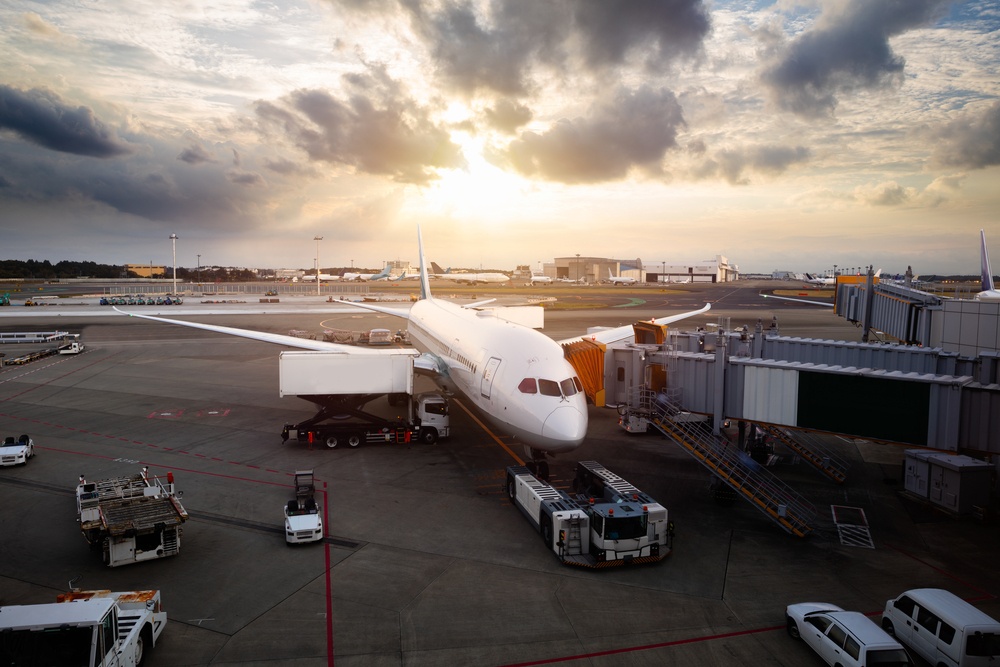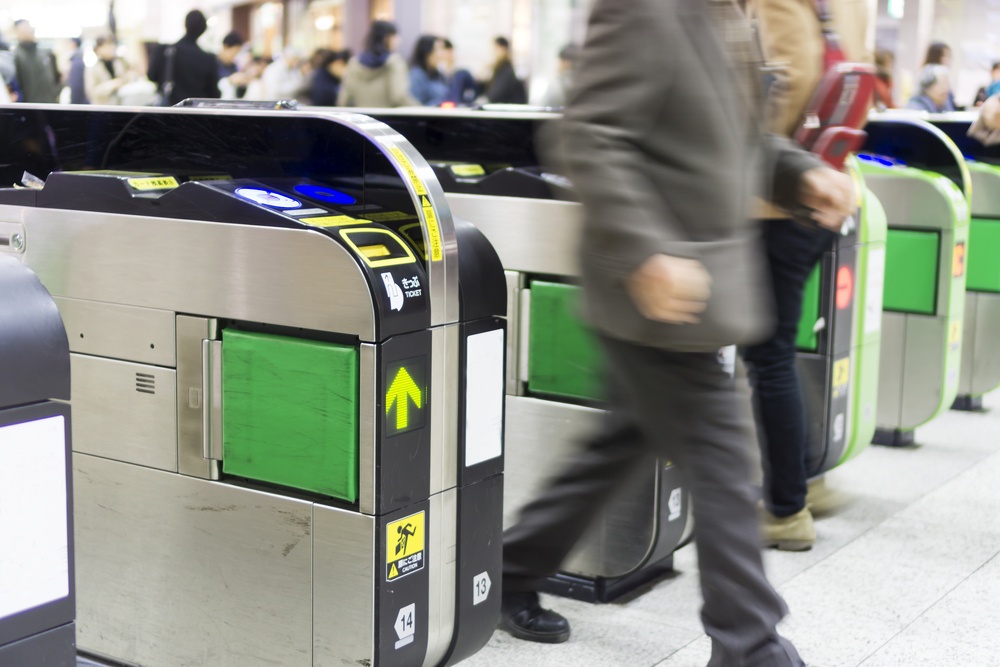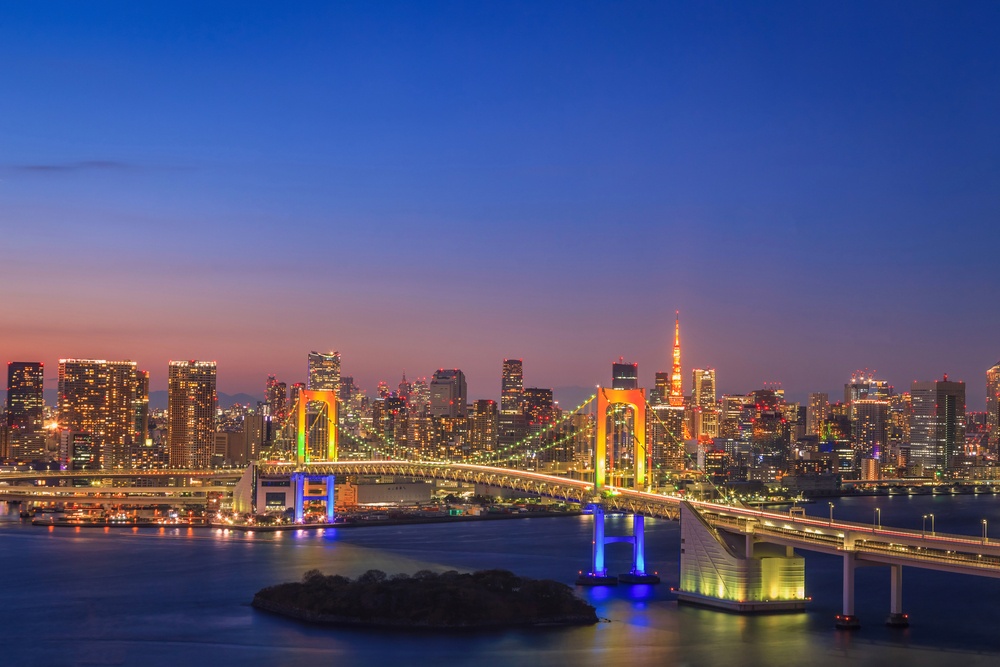When the topic of travelling to Japan comes up, many people immediately think that it costs a fortune. That can be true if you stay at high-end hotels, eat at fine dining restaurants every meal, take a cab when sightseeing, go shopping every single day, and visit many attractions that charge several thousands of yen for admission. But, with advanced planning and research, you can cut down your expenses into a manageable budget. Japan has tons of sightseeing spots, dining and shopping options, and more to offer even to those with limited funds.
Below are ways you can save money when travelling Japan:
1. Sign up for airfare deal alerts and notifications
Plane tickets eat up a significant portion of any traveller’s budget. A return ticket from Sydney to Tokyo can cost at least $1,000 AUD during cherry blossom season, festivals, and other peak travel times. So what should you do to snag cheap airline tickets? How are some people able to find plane tickets that only cost a few hundred dollars?
Nowadays, airlines like Jetstar and Air Asia X do many sales to Japan where you could get a fare from Sydney or Melbourne between $460 – $520. Just simply sign up to the airlines emails and keep a look out for those great sale fares.
You can also use flight aggregator websites such as Google Flights, Skyscanner, and Kayak that find all kinds of fares.

2. Book your hotel or hostel in advance
It is always best to take care of your accommodation arrangements at least a month before your departure for Japan, or even much earlier if you are visiting during peak sakura, autumn, and festival seasons.
Usually, the nice, well-located, and affordable hotels and hostels get booked out first, and the longer you wait, the fewer options you have left.
3. Stay in hostels
If you are travelling alone, consider staying in hostels. Typically, a bed in a shared room in a hostel is cheaper than a capsule hotel or a hotel room. They offer the basics, such as a common area, personal lockers, free wi-fi, and shared showers and toilets, and sometimes, also coin laundry, a kitchen, and a restaurant or a bar. Just make sure to bring ear plugs to block out other people’s snoring and noise.
You can use booking websites, such as booking.com, agoda.com, and hostelworld.com to find the best rates.
4. Figure out if you need a Japan Rail Pass
If your trip to Japan includes visits to multiple cities, you should look into buying a Japan Rail Pass (or JR Pass). With this pass, you can avail of unlimited rides on most JR trains and buses across the country in a span of 7 days (29,110 yen), 14 days (46,390 yen), or 21 days (59,350 yen).
To know if you should get one, calculate the total cost of all the JR train and bus rides you plan to take. Use Hyperdia to help you with the prices. As an example, a 7-day JR Pass pays off if you do a return trip between Tokyo and Kyoto or Osaka, plus a couple of day trips, such as to Himeji and Nara, within 7 days.
Once you have determined that getting a JR Pass will save you money, you can purchase it before you head to Japan through a travel agent or an authorized online seller, as buying it once you are in Japan is more expensive (10%-15% higher in price).
5. Take advantage of subway or bus passes
If you expect to ride the subway or buses in a city or town at least two or three times in one day, you should see if there is a subway or bus pass that you can buy to avail of unlimited rides within a particular period of time.
In Tokyo, for instance, the Tokyo Metro 24-hour ticket, which costs 600 yen, lets you enjoy unlimited rides on all Tokyo Metro lines for 24 hours from first use. In Kyoto, there is the Kyoto Sightseeing One-Day (1,200 yen) or Two-Day Pass (2,000 yen) that gives you unlimited rides on the Kyoto City subway, Kyoto bus, and City bus lines for one or two consecutive days

6. Buy food at convenience stores
Japanese cuisine is undeniably some of the best in the world, and to be able to enjoy it, you do not have to go to Michelin-star restaurants and other fine dining establishments on your Japan trip.
All over the country, there are convenience stores on almost every street corner that offer a wide selection of budget meals and snacks. You can get onigiri, sushi, ramen, soba, udon, gyudon, tonkatsu, bento, and many more for only a few hundred yen. You can also buy fruit juices, coffee, tea, and beer there.
7. Walk
Walking is not only good for your health, it is also free. It gives you the opportunity to wander around at your own pace and spot interesting things that you might miss if you take a bus or a taxi. And, usually, the most popular tourist attractions in cities and towns are located close to the main train station, in the downtown area, so getting from one to another on foot should be doable. Just make sure to wear good quality footwear to prevent blisters and other injuries.

Exploring Tokyo
8. Use free wi-fi available at your accommodation, train stations, department stores, etc
Buying a wi-fi sim card or renting a mobile wi-fi device costs several thousands of yen. Before getting either one for your trip to Japan, ask yourself if you really need it. Is it a must for you to be connected to the Internet 24/7? Do you have to post photos and videos to your Instagram or Facebook account while sightseeing? Can’t video chatting with your friends and family wait until you are back at your hotel or hostel?
Look up train and bus timetables, directions, maps, and other information online while you are at your hostel, connected to the free wi-fi, the night before or in the morning before heading out. Take screenshots, download the pdf files, and save them to your phone. You can also drop by tourist information centers to get a paper map and brochures to help you on your sightseeing.
If you need to do a quick search online during the day, use free wi-fi offered at train stations, cafes, department stores, and other business establishments
9. Do some research on free and cheap activities to do
There are always places to visit and things to do in Japan that are cheap or do not cost anything at all.
In Tokyo, parks like Ueno Park and Yoyogi Park are open to the public for free, and they are great places to relax and people-watch, and view beautiful sakura flowers and autumn foliage in the spring and autumn seasons. For views of the city and Mt. Fuji, scratch out Tokyo Skytree and Tokyo Tower from your itinerary, as these places charge fees for access to their observatories. Go to the Tokyo Metropolitan Government Building instead and avail of free observation decks with scenic views of the metro and Mt. Fuji on clear days.

















